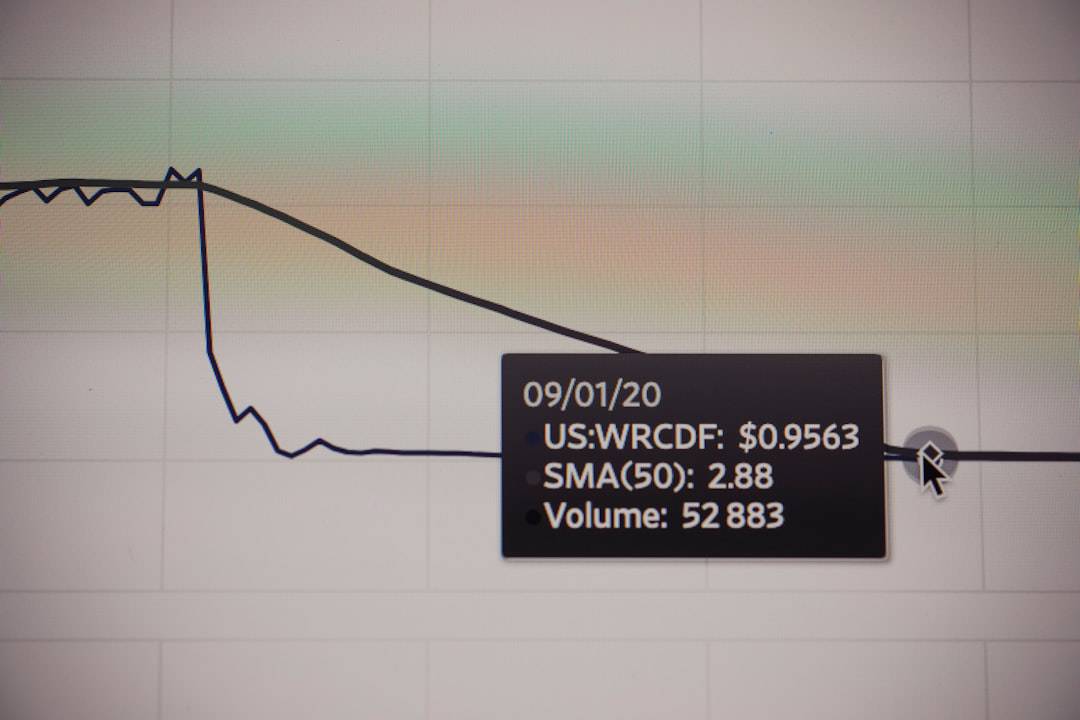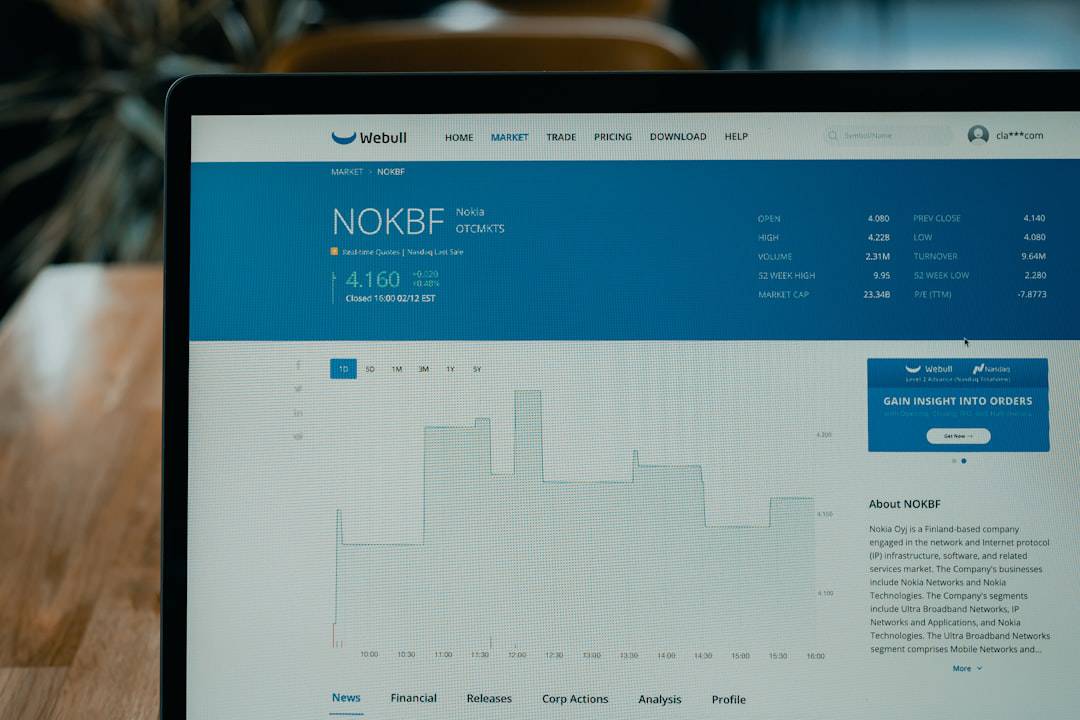Zero Trust Network Access (ZTNA) is a security framework that requires continuous verification and authentication of all users and devices attempting to access a network. This model operates on the principle of “never trust, always verify,” which means that no entity is automatically trusted, regardless of its location or network environment. ZTNA is particularly relevant in securing remote access to corporate networks, addressing the needs of modern distributed and mobile workforces.
ZTNA was developed to overcome the limitations of traditional Virtual Private Network (VPN) remote access solutions. VPNs often grant extensive access privileges to users and devices once they are within the network perimeter, potentially creating security vulnerabilities and increasing the risk of unauthorized access and data breaches. In contrast, ZTNA implements a more precise and adaptable approach to access control.
It enables organizations to enforce stringent access policies based on various factors, including user identity, device health status, and other contextual information.
Key Takeaways
- Zero Trust Network Access (ZTNA) is a security model that eliminates the idea of trust based on location and adopts a “never trust, always verify” approach.
- Securing remote access is crucial for protecting sensitive data and preventing unauthorized access to corporate networks.
- Cisco Umbrella ZTNA is a cloud-delivered security service that provides secure access to applications and resources for remote users.
- Cisco Umbrella ZTNA works by authenticating and authorizing users and devices before granting access to applications, regardless of their location.
- Using Cisco Umbrella ZTNA for remote access offers benefits such as improved security, simplified management, and enhanced user experience.
The Importance of Securing Remote Access
Securing remote access has become a critical priority for organizations as the traditional perimeter-based security model has become increasingly ineffective in the face of evolving cyber threats and the rise of remote work. With employees accessing corporate resources from various locations and devices, the attack surface has expanded, making it more challenging to protect sensitive data and critical systems. In addition, the COVID-19 pandemic has accelerated the shift towards remote work, making it essential for organizations to ensure that their remote access solutions are secure and resilient.
A breach in remote access can have severe consequences, including data theft, financial loss, damage to reputation, and regulatory penalties. Therefore, implementing robust security measures for remote access is crucial for safeguarding the organization’s assets and maintaining business continuity.
Introducing Cisco Umbrella ZTNA

Cisco Umbrella ZTNA is a cloud-delivered security service that provides secure access to applications and resources for remote users and devices. It is designed to enable organizations to embrace the Zero Trust security model and ensure that only authorized users and devices can access corporate networks and applications. Cisco Umbrella ZTNA offers a comprehensive set of security capabilities, including identity-based access control, multi-factor authentication, and threat intelligence integration, to protect against advanced threats and unauthorized access attempts.
One of the key advantages of Cisco Umbrella ZTNA is its cloud-native architecture, which allows organizations to deploy and scale remote access security without the need for complex infrastructure or costly hardware investments. This makes it an ideal solution for organizations looking to modernize their remote access capabilities and adapt to the changing demands of a distributed workforce. With Cisco Umbrella ZTNA, organizations can achieve a balance between security and user experience, ensuring that remote users can access the resources they need without compromising security.
How Cisco Umbrella ZTNA Works
| Metrics | Data |
|---|---|
| Authentication | Uses user and device identity to authenticate and authorize access |
| Zero Trust Architecture | Adopts a zero trust approach to verify every access request |
| Secure Access | Provides secure access to applications and resources |
| Policy Enforcement | Enforces policies based on user, device, and application context |
| Visibility | Offers visibility into user and device activity for security monitoring |
Cisco Umbrella ZTNA works by establishing a secure connection between remote users or devices and corporate applications through a cloud-based broker. When a user attempts to access an application, Cisco Umbrella ZTNA verifies the user’s identity and device posture, ensuring that they meet the organization’s access policies before granting access. This process is based on a least-privileged access model, where users are only granted access to the specific applications and resources they need to perform their job functions.
Cisco Umbrella ZTNA leverages a combination of technologies, including secure web gateways, DNS-layer security, and cloud-delivered firewall capabilities, to provide comprehensive protection against a wide range of cyber threats. By integrating threat intelligence and machine learning algorithms, Cisco Umbrella ZTNA can detect and block malicious activities in real-time, preventing unauthorized access attempts and data exfiltration. This proactive approach to security helps organizations stay ahead of emerging threats and ensure that their remote access environment remains secure.
Benefits of Using Cisco Umbrella ZTNA for Remote Access
There are several benefits to using Cisco Umbrella ZTNA for remote access security. Firstly, it provides organizations with a more flexible and scalable approach to remote access, allowing them to accommodate the needs of a distributed workforce without compromising security. By leveraging a cloud-native architecture, Cisco Umbrella ZTNA enables organizations to deploy and manage remote access security from a centralized console, simplifying administration and reducing operational overhead.
Secondly, Cisco Umbrella ZTNA enhances user experience by providing seamless and secure access to applications and resources from any location or device. This is achieved through intelligent traffic steering and optimized connectivity, ensuring that remote users can access corporate resources with minimal latency and downtime. By prioritizing user experience, Cisco Umbrella ZTNA helps organizations maintain productivity and collaboration among remote teams.
Finally, Cisco Umbrella ZTNA helps organizations strengthen their security posture by implementing Zero Trust principles for remote access. By enforcing strict access controls based on user identity and device posture, organizations can reduce the risk of unauthorized access and data breaches. Additionally, by integrating threat intelligence and advanced security capabilities, Cisco Umbrella ZTNA provides comprehensive protection against evolving cyber threats, helping organizations stay ahead of attackers.
Best Practices for Implementing Cisco Umbrella ZTNA

When implementing Cisco Umbrella ZTNA for remote access security, there are several best practices that organizations should consider to maximize the effectiveness of the solution. Firstly, organizations should conduct a thorough assessment of their remote access requirements and existing security posture to identify gaps and potential areas of improvement. This will help organizations tailor their deployment of Cisco Umbrella ZTNA to meet their specific needs and ensure a seamless transition to the new security model.
Secondly, organizations should prioritize user education and awareness to ensure that remote users understand the importance of adhering to security policies and best practices. By promoting a culture of security awareness, organizations can empower their remote workforce to play an active role in maintaining a secure remote access environment. Additionally, organizations should regularly monitor and analyze their remote access traffic to identify potential security risks and anomalies.
By leveraging the visibility and analytics capabilities of Cisco Umbrella ZTNA, organizations can gain insights into user behavior and network activity, enabling them to detect and respond to potential threats in real-time.
Future of Remote Access Security with Cisco Umbrella ZTNA
The future of remote access security with Cisco Umbrella ZTNA looks promising as organizations continue to embrace the Zero Trust security model and prioritize secure remote access for their distributed workforce. With the ongoing shift towards remote work and the increasing complexity of cyber threats, organizations will need robust and adaptive security solutions like Cisco Umbrella ZTNA to protect their assets and maintain business continuity. In the coming years, we can expect to see further advancements in remote access security technology, with Cisco Umbrella ZTNA at the forefront of innovation.
As cyber threats continue to evolve, Cisco will likely continue to enhance the threat intelligence capabilities of Cisco Umbrella ZTNA, enabling organizations to stay ahead of emerging threats and protect their remote access environment effectively. Furthermore, as organizations continue to adopt cloud-based applications and services, we can expect Cisco Umbrella ZTNA to integrate seamlessly with cloud environments, providing organizations with consistent security across their entire digital infrastructure. This will enable organizations to extend the benefits of Zero Trust security beyond traditional network boundaries, ensuring that all aspects of their digital footprint are protected.
In conclusion, Cisco Umbrella ZTNA represents a significant advancement in remote access security technology, providing organizations with a comprehensive and adaptive solution to secure their distributed workforce. By embracing the Zero Trust security model and leveraging cloud-native architecture, Cisco Umbrella ZTNA enables organizations to achieve a balance between security and user experience while staying ahead of emerging cyber threats. As organizations continue to prioritize secure remote access, Cisco Umbrella ZTNA will play a crucial role in shaping the future of remote access security.
If you’re interested in learning more about the challenges of hybrid reality and how it relates to cybersecurity, check out this article on Metaverse and the Real World: Challenges of the Hybrid Reality. This article explores the intersection of virtual and physical worlds and the implications for security and privacy, making it a relevant read for those interested in Cisco Umbrella ZTNA and its role in securing hybrid environments.
FAQs
What is Cisco Umbrella ZTNA?
Cisco Umbrella Zero Trust Network Access (ZTNA) is a cloud-delivered security service that provides secure access to applications and resources for users, regardless of their location.
How does Cisco Umbrella ZTNA work?
Cisco Umbrella ZTNA uses a zero trust approach to verify the identity of users and devices before granting access to applications and resources. It creates a secure, encrypted connection between the user and the application, without exposing the application to the internet.
What are the benefits of using Cisco Umbrella ZTNA?
Some of the benefits of using Cisco Umbrella ZTNA include improved security, simplified access management, and the ability to enforce access policies based on user and device identity.
Is Cisco Umbrella ZTNA suitable for all types of organizations?
Cisco Umbrella ZTNA is designed to be suitable for organizations of all sizes and industries, including those with remote or mobile workforces, as well as those with on-premises or cloud-based applications.
How does Cisco Umbrella ZTNA differ from traditional VPN solutions?
Unlike traditional VPN solutions, Cisco Umbrella ZTNA provides a more granular and secure approach to access control, allowing organizations to enforce policies based on user and device identity, rather than just network location.











Leave a Reply